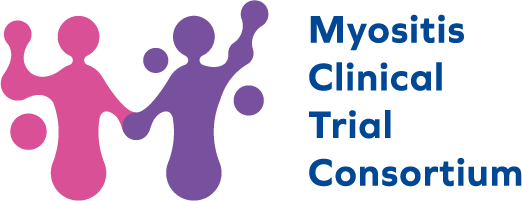Juvenile Idiopathic Inflammatory Myositis (JIIM)
Challenges in JIIM Research and Clinical Trials
- The rarity and variability of JIIM pose significant challenges in both research and clinical care.
- Children with JIIM often exhibit different symptoms and disease progression compared to adults, requiring specialized treatment approaches.
- The scarcity of large, multicenter studies
limits the development of evidence-based guidelines specifically tailored to pediatric patients. - Long-term monitoring is crucial, as disease flares or complications may occur later in life. There is a pressing need to understand how to tailor therapies and predict outcomes in this unique patient population.
Aims of the JIIM Working Group:
- Identify Novel Therapeutic Targets:
Promote research aimed at uncovering new molecular and genetic targets specific to JIIM, facilitating the development of innovative, targeted therapies. - Accelerate the Development of Effective Treatments:
Design and promote clinical trials that evaluate novel therapies tailored to JIIM, to accelerate testing and approval of new treatments for JIIM patients. - Develop and Validate Novel Outcome Measures:
Establish reliable and meaningful outcome measures specifically for JIIM, which can be incorporated into clinical trials to better evaluate treatment efficacy. These outcome measures will ensure that trials capture the full range of disease impact, from physical function to quality of life, and will provide robust data for regulatory approval of new therapies. - Improve Early Diagnosis and Intervention:
Develop age-appropriate screening and diagnostic tools that allow for early and accurate identification of JIIM, ensuring timely initiation of treatment. - Ensure Long-Term Trial Follow-Up and Care:
Develop clinical trials that incorporate long-term follow-up of JIIM patients, addressing the need for sustained treatment effectiveness and monitoring as children transition into adulthood. - Improve Quality of Life for Pediatric Patients:
Focus on improving functional outcomes, physical development, and quality of life for children living with JIIM through patient-centered care and tailored rehabilitation programs.
